Products
-
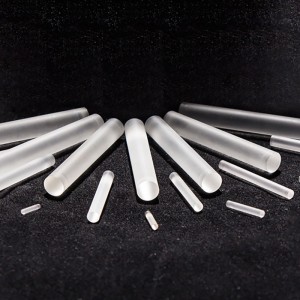
Optical Fused Silica and Sapphire Cylinder Rod Lens
A Rod lens is a special type of cylinder lens, and is highly polished on the circumference and ground on both ends. Rod lenses perform in a manner analogous to a standard cylinder lens, and can be used in beam shaping and to focus collimated light into a line. -
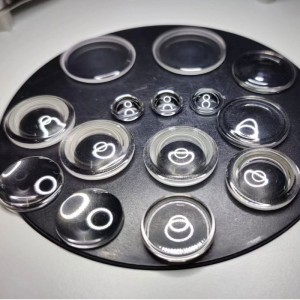
High precision aspherical glass lens by molding
The most notable benefit of aspheric lenses is their ability to correct for spherical aberration, an optical effect which causes incident light rays to focus at different points when forming an image, creating a blur. Spherical aberration is commonly seen in spherical lenses, such as plano-convex or double-convex lens shapes, but aspheric lenses focus light to a small point, creating comparatively no blur and improving image quality. -
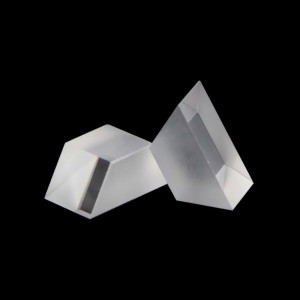
high precision right angle prisms made of H-K9 and fused silica
An optical prism is a solid, transparent optic with flat surfaces which refract light. Light enters through one surface, and may be rotated, deviated, or dispersed before leaving through another surface. These surfaces are highly polished, and the angles between them, the number of surfaces, and the position of them determine the function of the prism. -
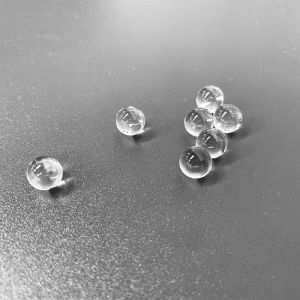
Optical Bk7 Glass Diameter 1-2.5mm Polished Quartz Ball Lens
Ball lenses are, as the name suggests, completely spherical lenses most commonly used to couple light in and out of fibers. We can supply ball lens in a range of alternative materials and diameters. We are able to supply high precision grade 3 ball lenses, mid-range grade 25 ball lenses and commercial grade 100 ball lenses offering all grades to suit any application. Aside from fiber coupling applications, ball lenses are also used as objective lenses in endoscopy, laser measurement systems and bar-code scanning. Our half ball lenses offer uniform dispersion of light and typically used in LED displays and LED traffic lights. Ball lenses are used particularly as beam collimators for optical fibers (fiber collimators) and for fiber-to-fiber coupling. They are also suitable for miniature optics with applications like barcode scanning, as objective lenses in endoscopy and for optical sensors. There are also microscope objectives (particularly immersion objectives) which have a hyper hemisphere (e.g., somewhat more than a hemisphere) as the first lens. DG can provide ball lenses and half ball lenses made from various substrate materials including sapphire, ruby, BK7, UV fused silica, high index glass, and germanium, ZnSe, ZnS with AR coating. Our ball lenses and half ball lenses are ideal for applications such as fiber communications, endoscopy and microscopy. Available diameters are between 0.3 mm to 100 mm, with diameter tolerance (sphericity) <0.4 µm and surface roughness (Ra) <0.007 µm. Custom ball and half ball module options are also available on request. Material options include: quartz (260–2500 nm), sapphire (0.17–5.5 μm), ruby (250 nm to NIR), BK7 (or equivalent) (250–2500 nm), UV-grade fused silica (170–2500 nm), as well as B270 (320–2600 nm) and borosilicate (or equivalent) (310–2700 nm) material options.
You can contact us for further information if you are interested in our ball lenses. -
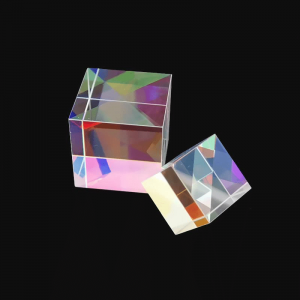
Optical Glass Bk7 K9 Beamsplitter Cube For Laser And Optical Instruments
Beamsplitters are optical components used to split incident light at a designated ratio into two separate beams. Additionally, beamsplitters can be used in reverse to combine two different beams into a single one. Beamsplitters are often classified according to their construction: A beamsplitter is an optical component used to split a beam of incident light into two parts in a laser or illumination system. Cube beamsplitters consist of a pair of precision right-angle prisms carefully cemented or optically contacted together. The hypotenuse of one of the prisms is coated with polarizing or non-polarizing beamsplitter coating and four sides of the cube are AR coated to minimize surface reflection losses. Plate beamsplitters feature a coated front surface that determines the beamsplitting ratio, while the wedged back surface is AR coated to minimize ghosting. Dichroic beamsplitters are wavelength dependent and are used to combine or split laser beams in a variety of colors. Laser beam attenuators provide high resolution intensity control without introducing a gradient in the intensity distribution or a change in the beam propagation direction. -
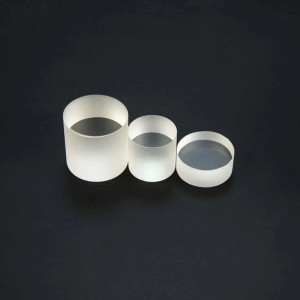
Optical Glass Bk7 K9 Cylindrical Rods Lens for Optical Equipment
A rod lens is a cylindrical lens which has the geometrical form of a cylinder and has a polished mantle, while the two flat end surfaces may be ground. It is analogous to a ball lens for focusing in both directions. Rod lenses can be used, for example, for collimating a divergent beam in one dimension (see Figure 1) or for focusing light to a line. There are also imaging applications. -
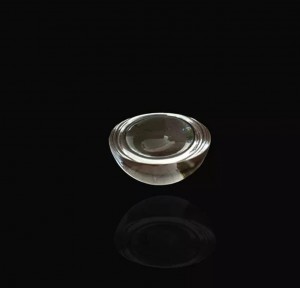
Optical Bk7 Glass Diameter 3mm Ball Lens for Fiber and Optical Coupler
Ball lenses are, as the name suggests, completely spherical lenses most commonly used to couple light in and out of fibers. We can supply ball lens in a range of alternative materials and diameters. -
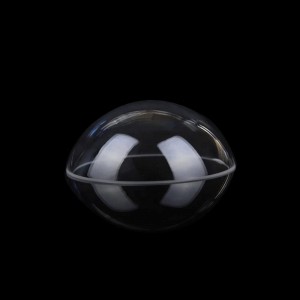
Saphhire Hemispherical Glass Dome Lens For Underwater/subsea Camera
Domes are ideal for underwater and split-level (half over/under) photography, because they correct for aberrations that occur as light travels at different speeds above and below water. Outex ports, including domes, are made of optical glass.
Optical Dome Applications
In the optical field, the application of an optical dome lens is mainly divided into two categories, one is military manufacturing and the other is ordinary optical systems.
Military manufacturing mainly refers to the infrared dome, mainly ZnSe and sapphire materials.
An optical system, mainly used for imaging and detection measurement system. It is mainly used for deep-sea imaging in imaging. The glass material can withstand sufficient water pressure and does not deform due to the acrylic material. Furthermore, the light transmittance of glass, the bubbles and stripes of the material itself, and the smoothness and hardness of the surface of the material itself make more deep-sea exploration keen to choose the glass material dome. Also used for atmospheric detection, pyranometer. The two almost parallel surfaces prevent the light from being significantly refracted when passing through the component, thereby ensuring that energy is not lost and improving the accuracy of the measurement.
Optical domes are hemispheric windows which provide a protective boundary while allowing a clear field of view between two environments. They are typically made of two parallel surfaces. DG Optics manufactures optical domes in a wide variety of substrates, suitable for visible, IR, or UV light. Our domes are available in sizes from 10 mm to over 350 mm diameter, with custom sizes possible on request.
BK7 or fused silica is a good choice for an optical dome that will be used in situations where only visible light must be transmitted; for instance, on camera sensor or for meteorology applications. BK7 has good chemical durability, and provides excellent transmission for the 300nmto 2µm wavelength range.
For UV- range light transmission, UV-grade fused silica is available. Our fused silica domes can withstand high pressure and are ideal for underwater application. This optical glass provides over 85 percent transmission for wavelengths up to 185 nm. -
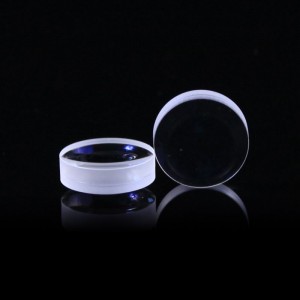
Optical Cemented Achromatic Doublet Glass Lens, Near Infrared Coating for Ophthalmic Instrument
An achromatic lens or achromat is a lens that is designed to limit the effects of chromatic and spherical aberration. Achromatic lenses are corrected to bring two wavelengths (typically red and blue) into focus on the same plane. -
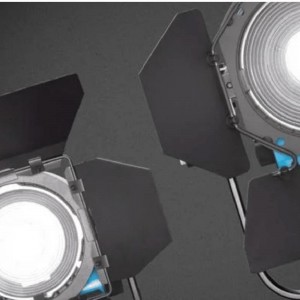
Customized BK7/K9 OpticAL Glass Fresnel Lens for Projector
Fresnel lens, succession of concentric rings, each consisting of an element of a simple lens, assembled in proper relationship on a flat surface to provide a short focal length. The Fresnel lens is used particularly in lighthouses and searchlights to concentrate the light into a relatively narrow beam.
Fresnel lenses are a special kind of optical lenses, where the surface profile contains annular steps such that a given focal length can be achieved with a substantially reduced thickness of the lens. This reduction of thickness can be very useful when realizing lenses with very large diameters and substantial dioptric powers. The original application of the inventor, Augustin-Jean Fresnel, was for lighthouses, where the light generated by a high-power lamp had to be redirected with a reasonably compact optical setup. This operation principle is illustrated in Figure 1, showing two versions of lenses with the same focal length. The upper version has more annular steps and can therefore be made thinner.
Compared with an ordinary lens with a smooth surface shape, a Fresnel lens usually has substantially inferior optical properties; the steps cause some loss of light and scattering in unwanted directions. For the typical applications, however, such imperfections can be tolerated, while the advantage of a much reduced thickness and accordingly reduced weight can be beneficial or even essential.
Fresnel lenses are mostly used in the area of illumination, where non-ideal optical performance can be easily tolerated. For example, for the original application in lighthouses it was no problem that some of the light was not ideally directed. Fresnel lenses are widely used as condensers in overhead projectors, where the small thickness is of essential importance, but there is a number of other application areas such as projection TVs, traffic lights and concentrating solar power.
There are also imaging applications, for example lightweight hand-held magnifier lenses and even photography with compact cameras. -
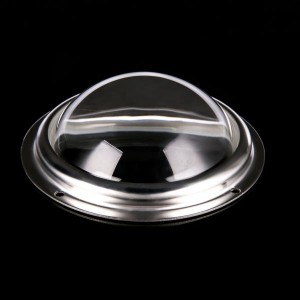
10W-100W Glass LED lens 80MM Focusing optical glass lens, high power LED convex lens
Optical glass lens for LED lighting, car lights, focusing flashlight, spot lights, explosion-proof lamps, lamp, laser light, sensors, optical instruments, floodlights and other lighting products with high temperatures, explosion-proof, not aging, high strength, high transmittance. spot uniformity, no black hole, shadow, dark area. can be used with a variety of high-power LED1W, 3W, 5W, 8W, 10W 15W 20W, 50W, 100Whigh power LED products and other applications. -
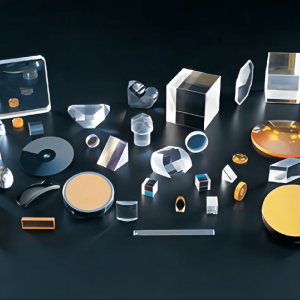
Bk7/Fused Quartz Aspherical Laser Collimating Lens
Laser optics essentially means optical elements and systems which are used with lasers – either as parts of lasers or for transmitting and manipulating laser beams or other forms of laser light.
Laser systems use plano-convex lenses to focus laser light. Laser light enters a convex lens and begins to converge to a focal point, upon crossing the focal point, the light then diverges out again.
The laser lenses therefore consist of zinc selenide (ZnSe). This material is heat-resistant up to a temperature of 1,500°C and gives the laser lenses their typical orange colour. In addition, the lenses are coated with a thin layer of thorium fluoride.












